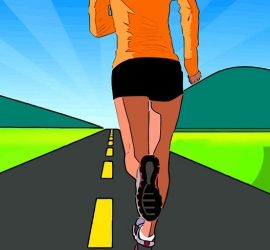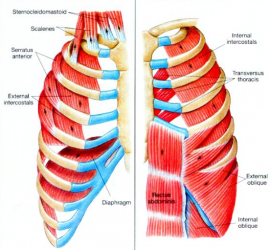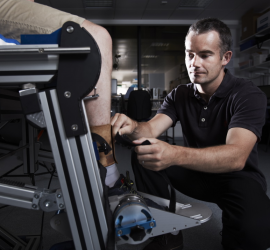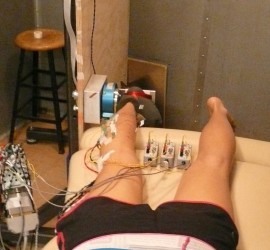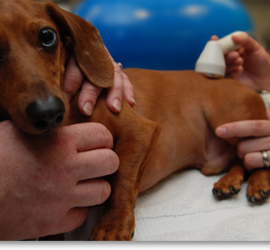Interview: Associate Professor Janet Taylor talks about fatigue after exercise
Associate Professor Janet Taylor studies the mechanisms that cause people to feel fatigued after exercise. In this video she discusses the different components of fatigue and the clinical relevance of understanding these mechanisms.

